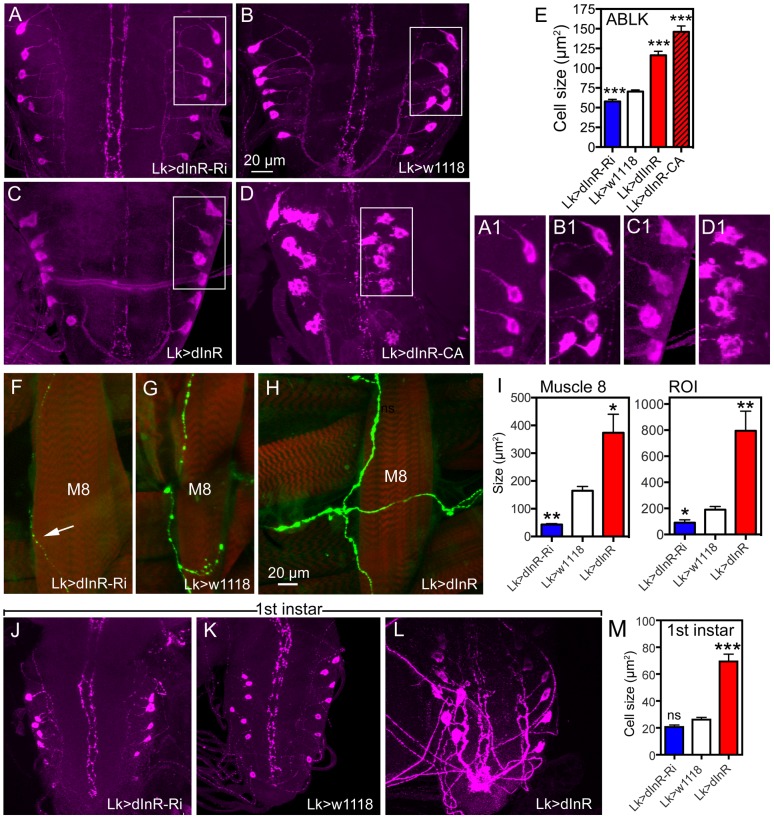Figure 2. Manipulations of insulin receptor (dInR) levels alter size of the larval LK neurons in abdominal ganglia only.
Neurons are visualized with anti-LK. In this and other figures cell body sizes are given as means (±SEM) of sizes of all specified neurons in a number (n) of specimens from at least 3 independent crosses for each genotype. A–E Knockdown or over expression of dInR using Lk-Gal4 alters the size of cell bodies (boxed areas are enlarged for details in A1–D1) monitored in late third instar larvae. The dInR-RNAi (Ri) significantly reduces size of cell bodies and, especially the constitutively active dInR (dInR-CA) drastically enlarges them. Note that the dInR-CA also induces a dislocation and irregular outlines of the cell bodies (D, D1). A quantification of the ABLK cell body size changes is shown in E (***p<0.001, n = 67–159 cell bodies from 6–13 animals of each genotype from 3 crosses; unpaired Student's T-test). F–H The peripheral axon processes of the ABLKs terminate primarily on body wall muscle 8 (M8). Muscles were stained with Rhodamine-phalloidin (red). Knockdown of dInR (in F) reduces axon diameter and bouton size of M8 branches compared to control (G), whereas overexpression of dInR leads to increased axon diameter, bouton size as well as increased branching of the axon (H). Axons were labeled with anti-LK and muscles with rhodamine-phalloidin. I Quantification of fluorescent area of axons on M8 in the three genotypes (*p<0.05, **p<0.01, n = 6–8 body walls for each genotype, 3 crosses; unpaired Student's T-test) and also in the total LK-immunolabeled axon termination in a region of interest (ROI) corresponding to the whole area shown in panel H (same for each genotype). This measurement provides combined information about branching area, as well as axon and bouton diameters (*p<0.05, **p<0.01, n = 6–8 body walls for each genotype from 3 crosses; unpaired Student's T-test). J–M The size of the ABLKs is altered already at the end of the first instar larval stage. Only the drastic increase caused by dInR overexpression is significant (***p<0.001, n = 5–10 animals for each genotype from 3 crosses; unpaired Student's T-test).

